It’s the question home buyers always face: Should I get a fixed or variable rate mortgage?
Canadians have not faced a period of rising mortgage rates since before the financial crisis that began in the fall of 2008. In fact, mortgage rates have generally been falling since the late 1990s. But now, rates are expected to rise, albeit gradually over the next few years, so we’ll take a simplified view based on current rates.
A variable-rate mortgage has a rate that varies with the bank’s prime rate. The bank’s prime rate in turn varies with the Bank of Canada overnight rate, which has not changed since September 2010.
A typical five-year variable mortgage from one of Canada’s big six banks currently has a 3.00 percent rate (equal to the prime rate), and is 2.00 percent higher than the Bank of Canada overnight rate. The average five-year fixed rate from Canada’s big six banks is currently about 4.10 percent. Over the past couple of months, both fixed and variable rates have remained essentially unchanged.
Fixed mortgage rates are closely linked to the corresponding Government of Canada bond yield, as banks usually match the term at which they lend with the cost of obtaining those funds in the capital markets. So a five-year fixed mortgage rate will be closely tied to the five-year Government of Canada bond yield plus an additional rate (or spread)—the bank’s cost of funds.
Forecasts Over Five Years
Attempting to forecast five-year bond yields for the end of each of the next five years by examining current (Oct. 29) yield levels of current Government of Canada bonds gives the following: 2013 year-end 1.82 percent, 2014 year-end 2.20 percent, 2015 year-end 2.59 percent, 2016 year-end 2.88 percent, and 2017 year-end 3.07 percent.
We can now look at the potential implied five-year fixed mortgage rate increases by assuming they move in lock-step with the end of year projected bond yields. This forecast is based on the simplistic assumption that the current difference (2.40 percent) between the average five-year fixed-rate mortgage (4.10 percent) and the average Government of Canada bond yield (1.70 percent) holds constant.
Thus, this forecast for five-year fixed mortgage rates would be as follows: 2013 year-end 4.22 percent, 2014 year-end 4.60 percent, 2015 year-end 4.99 percent, 2016 year-end 5.28 percent, and 2017 year-end 5.47 percent.
With respect to the Bank of Canada overnight rate and again looking at Government of Canada bond yields, we can derive a rough forecast of the prime rate (assumed to be equal to the variable mortgage rate) for the next five years.
Based on the current 2.00 percent spread in excess of the overnight rate, such a forecast would be as follows: 2013 year-end 3.00 percent, 2014 year-end 3.25 percent, 2015 year-end 3.50 percent, 2016 year-end 4.25 percent, and 2017 year-end 4.50 percent.
Bear in mind that banks can adjust the 2.00 percent spread due to their own pricing strategies and the actual path of interest rates likely will be different. So these projections need to be taken with a large grain of salt.
However, these rough forecasts can still be used to determine whether a fixed-rate or variable-rate mortgage for the next five years would be more desirable.
So suppose one locks in a five-year fixed-rate mortgage today at 4.10 percent. One should consider that, based on the above forecasts, the average over the next five years for the variable mortgage rate is 3.70 percent. Clearly, if one can tolerate the potential for rapidly rising rates, a variable-rate mortgage would be less costly.
If one believes rates will stay low for one or two years but then rise rapidly, one can also consider going with a variable rate for one or two years and then locking in for five, although based on the above forecasts, it would be better to lock in a fixed rate now.
There are, of course, other important considerations beyond purely a rate; however, variable-rate mortgages have tended to provide lower costs over the last 15-20 years.
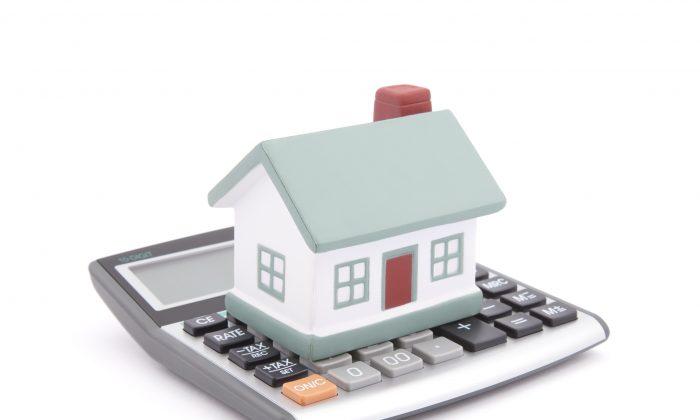
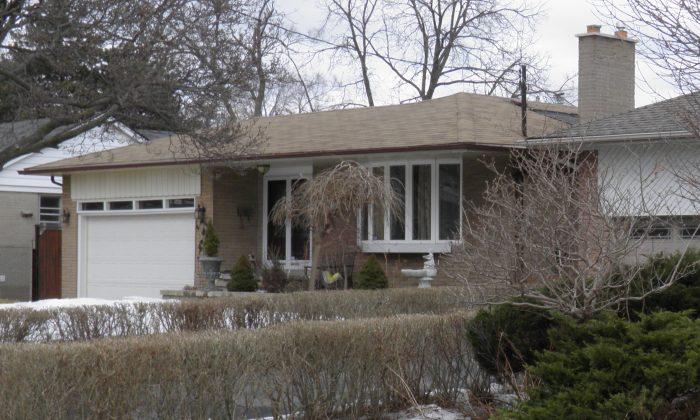
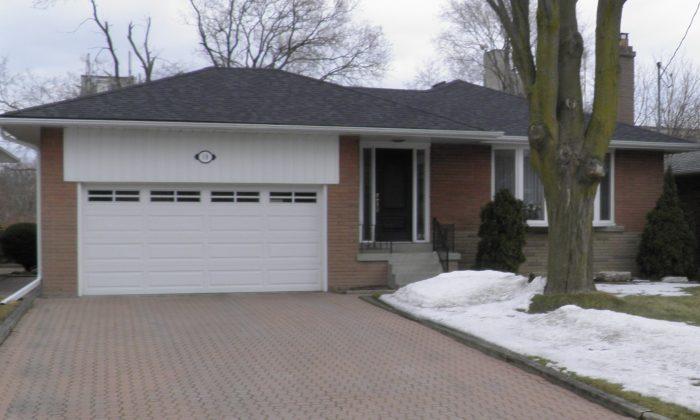
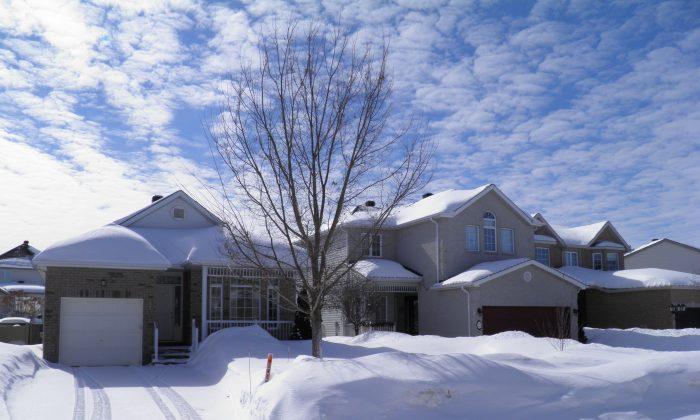
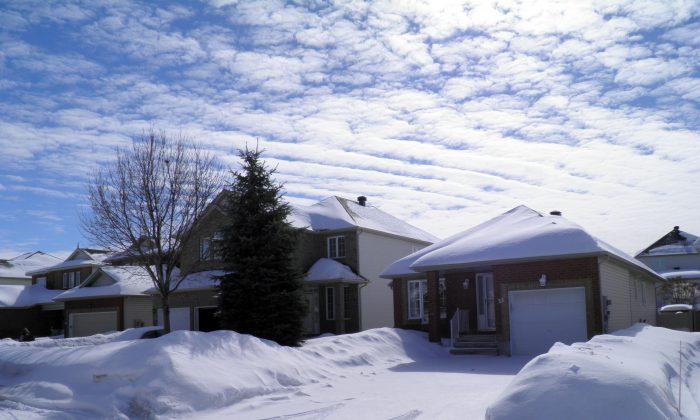
Friends Read Free